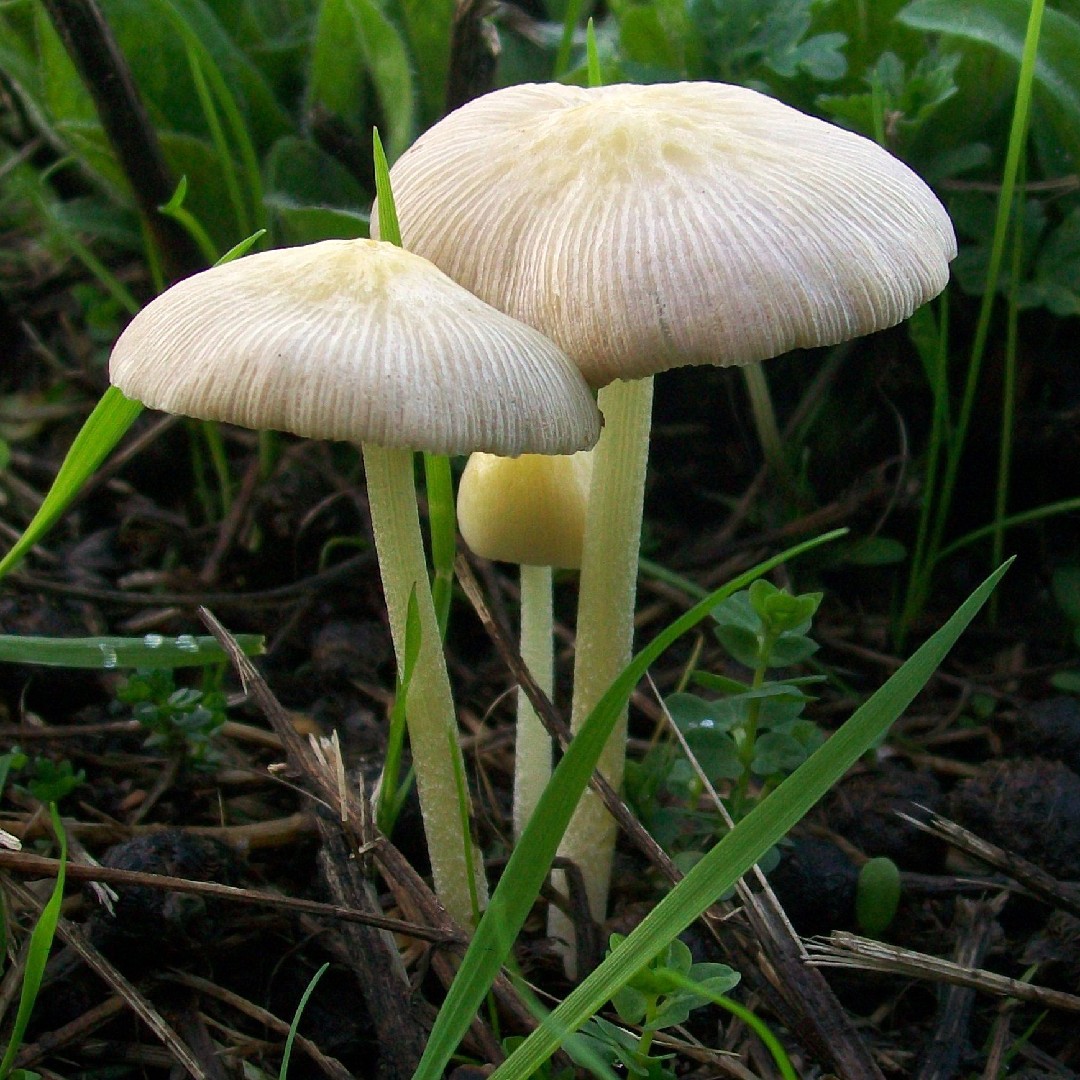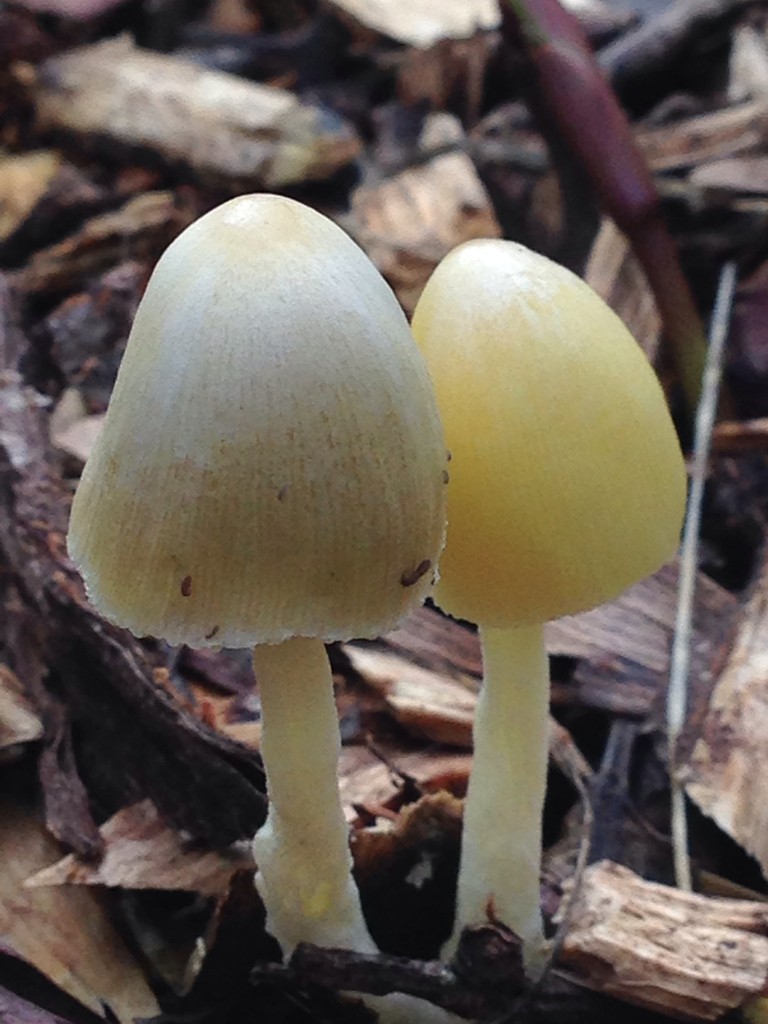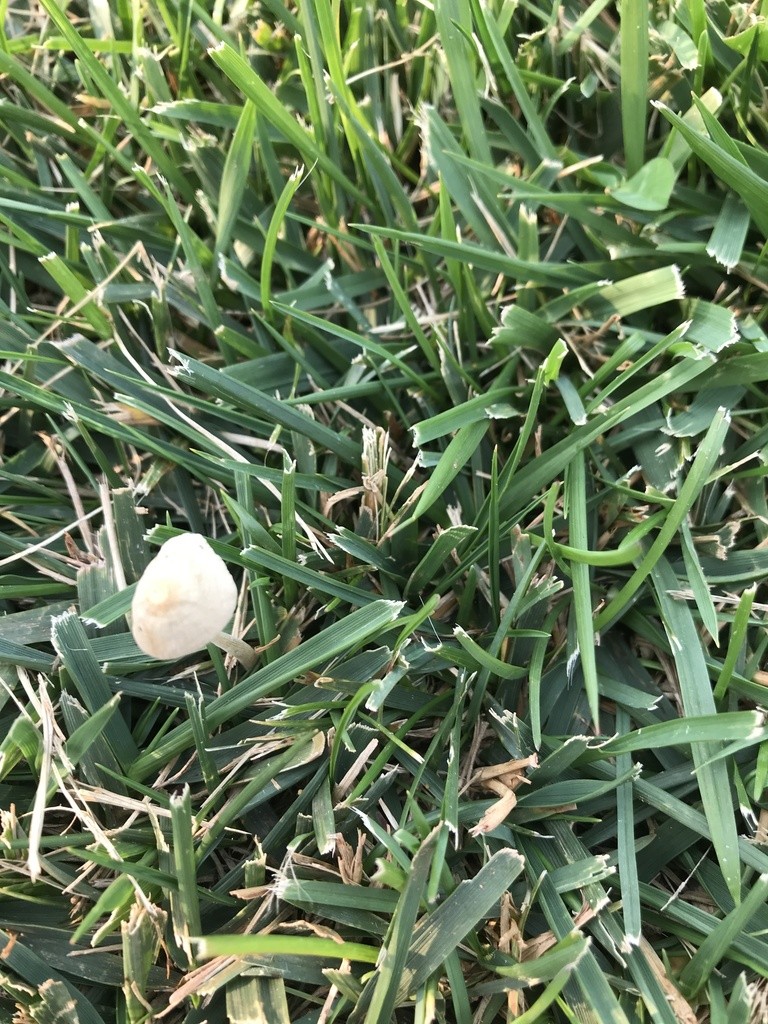Bolbitiaceae
Nom scientifique: Bolbitiaceae
Bolbitiaceae
Nom scientifique: Bolbitiaceae
 Photo By AnemoneProjectors , used under CC-BY-SA-2.0 /Cropped and compressed from original
Photo By AnemoneProjectors , used under CC-BY-SA-2.0 /Cropped and compressed from original La description
La famille des bolbitiaceae compte quelques centaines d'espèces de champignons qui poussent le plus souvent dans l'herbe, sur l'humus et sur les déchets organiques. Leur pied mince et grêle porte un chapeau en forme de parapluie, dont les lamelles sont parsemées de spores brunes. 

